Surveillance is the monitoring of behavior, activities, or other changing information for the purpose of influencing, managing, directing, or protecting people. CCTV Surveillance includes observation from a distance by means of electronic equipment or interception of electronically transmitted information. CCTV systems may operate continuously or only as required to monitor a particular event. A more advanced form of CCTV, utilizing digital video recorders (DVRs), provides recording for possibly many years, with a variety of quality and performance options and extra features (such as motion detection and email alerts). More recently, decentralized IP cameras, some equipped with megapixel sensors, support recording directly to network-attached storage devices, or internal flash for completely stand-alone operation.

Analog Camera:
Analog cameras give you clear and accurate images, Designed for a variety of applications, these analog cameras bring cost effective solutions that meet the needs of today’s security professionals.
IP Cameras:
An Internet protocol camera, or IP camera, is a type of digital video camera commonly employed for surveillance, and which, unlike analog closed circuit television (CCTV) cameras, can send and receive data via a computer network and the Internet.
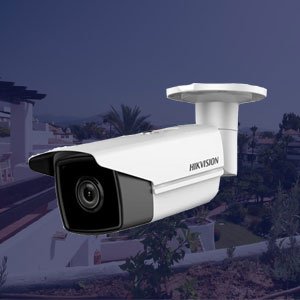
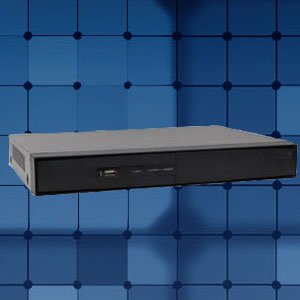
Digital Video Recorder:
A digital video recorder (DVR) is an electronic device that records video in a digital format to a disk drive, USB flash drive, SD memory card, SSD or other local or networked mass storage device. The term includes set-top boxes with direct to disk recording, portable media players and TV gateways with recording capability, and digital camcorders.
Network Video Recorder:
A network video recorder (NVR) is a software program that records video in a digital format to a disk drive, USB flash drive, SD memory card or other mass storage device. An NVR contains no dedicated video capture hardware. However, the software is typically run on a dedicated device, usually with an embedded operating system.
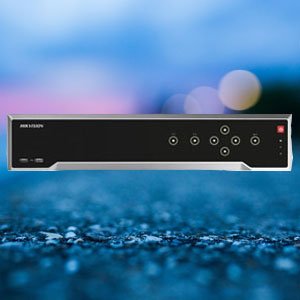
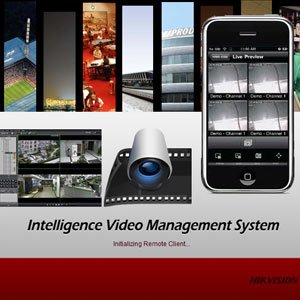
Central Management System:
A content management system (CMS) is a computer application that supports the creation and modification of digital content. It is often used to support multiple users working in a collaborative environment. CMS features vary widely. Most CMSs include Web-based publishing, format management, history editing and version control, indexing, search, and retrieval. By their nature, content management systems support the separation of content and presentation.
Under Vehicle Inspection System:
An under-vehicle inspection system generally consists of imaging systems mounted on a roadway and used at facility access points, particularly at secure facilities. An under-vehicle inspection system is used to detect threats—such as bombs—that are hidden underneath vehicles. Cameras capture images of the undercarriage of the vehicle for manual or automated visual inspection by security personnel or systems.
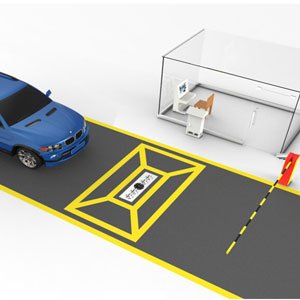
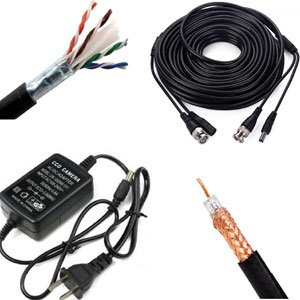
Cables and Power Supplies:
A cable is two or more wires running side by side and bonded, twisted, or braided together to form a single assembly, used to carry currents. While a power supply is an electronic device that supplies electric energy to an electrical load. The primary function of a power supply is to convert one form of electrical energy to another. As a result, power supplies are sometimes referred to as electric power converters.
Other Accessories:
Other accessories required for the installation of CCTV cameras includes: BNCs, Connectors, Switches, Hard Disks, Electric wire, Cabling, and Racks.

